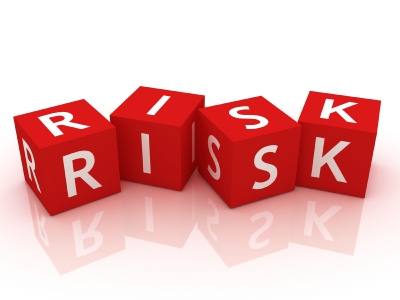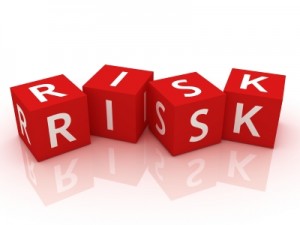By Kobe Eru Godwin
Risk assessment is a very important activity that should be carried out in every organization. It is a well-known fact that no business setup is without its attending risks and hazards. As such, a system that assesses work activities, considering what could go wrong, and deciding on suitable control measures to prevent loss, damage or injury in the workplace, should be put in place. Risk assessment should also include the controls required to eliminate, reduce, or minimise the risks. The importance and benefits of preparing, implementing, as well as keeping an updated safety statement, cannot be overemphasized. Even though these statements will not in themselves prevent accidents and ill health, they will play a crucial role in reducing their likelihood. Other than that, risk assessment in any business is critical for the following reasons:
- Legal issues and obligations: The process of documenting and implementing a risk assessment exercise goes beyond being vital to the health and safety management system of an organization. It is required by law. Visiting inspectors from instituted health and safety authorities will want to know how employers are managing health and safety. Furthermore, in the event of an accident, the risk assessment and safety statement will be scrutinized as part of the authority’s investigative procedures. Not only can an employer be prosecuted for the lack of it, it can also save the business owners a law suit in the event that an employee is discovered responsible for an accident that has occurred as a result of negligence on his/her part.
- Monetary reasons: One major aim of setting up a business is to make profit and save cost. There is substantial proof, as shown from companies’ practical experiences, that effective safety and health management in the workplace contributes to business success. Accidents and ill-health inflict significant costs, often hidden and underestimated. These could hamper the company’s financial goals in the long run, if not addressed.
- Moral principles and ethics: The process of carrying out a risk assessment, preparing a safety statement and implementing what you have written down will aid employees in preventing injuries and ill-health at work. Employers are ethically bound to do all they can to ensure that their employees do not suffer illness, a severe accident or death.
Knowing full well the reasons behind risk assessment in the workplace, how then is it carried out? There are a couple of approaches to performing a risk assessment. However, the following points are key:
- Identify the risks and hazards associated with your kind of business.
- Ascertain the persons most prone to these hazards.
- Evaluate the risks and determine control measures: in evaluating and determining control measures, employers should consider the possibility of avoiding or eliminating each risk/hazard. In the event that these are out of the option, a means to contain the hazard at the source should be sought out. Engineering and technical controls can also be employed in high risk areas, where possible. Information, instruction, training, and provision of personal protective equipment should always be considered as a last resort after the above control measures have been considered
- Findings should be recorded and implemented.
- Review the Risk assessment on a consistent basis and update where necessary.
Risk assessments do not need to be complicated. Often the hazards are few and obvious. Having seen the importance of managing risk in various situations around the world, they must be carried out in advance so that there is time to mull over them and take action to curtail the risks.



